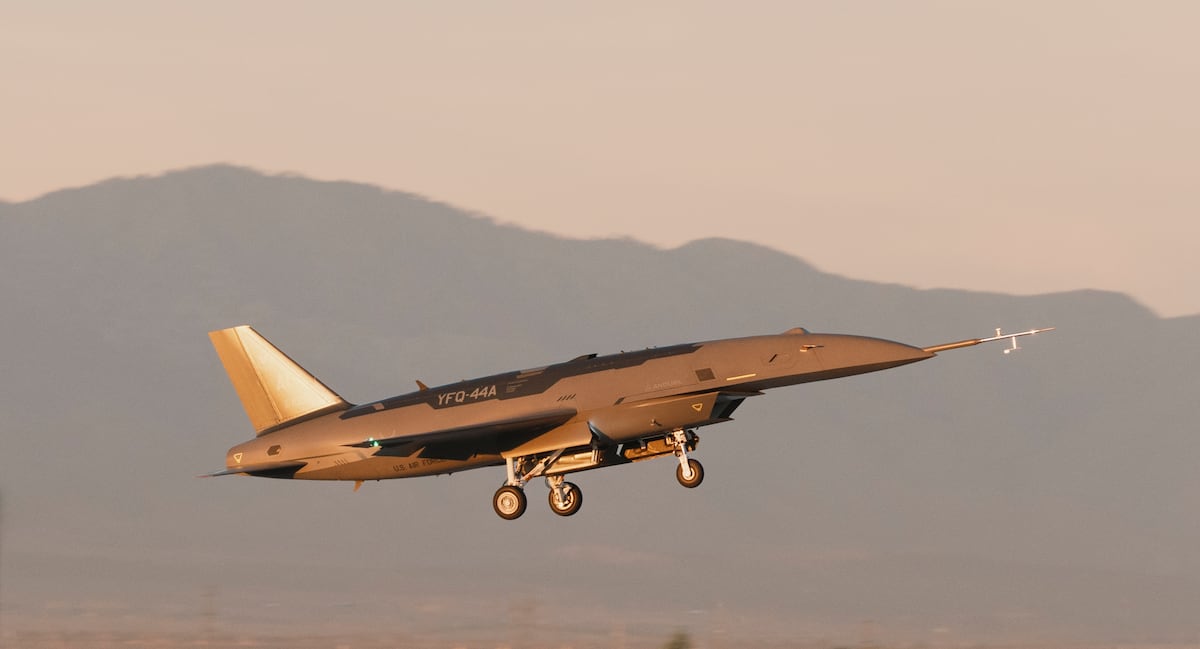Strategic Realignment of U.S. Naval Forces: The Case of the USS Gerald R. Ford
Introduction: A Shift in Priorities
The deployment of the USS Gerald R. Ford, the U.S. Navy’s most sophisticated aircraft carrier, from the Mediterranean to South America signifies a pivotal moment in U.S. military strategy under the Trump administration. This decision comes amidst escalating tensions in the Middle East, particularly concerning renewed hostilities between Israel and Hamas, prompting questions about regional stability and the distribution of U.S. naval assets.
Implications of Aircraft Carrier Deployment
Historically, aircraft carriers have served as formidable symbols of American military strength and international engagement. As the U.S. prepares for a period with only one aircraft carrier—USS Gerald R. Ford—actively deployed in South America, the strategic implications are substantial. Previously, multiple carriers occupied the Mediterranean, especially following the October 7, 2023, Hamas-led attack on Israel, which triggered five separate U.S. carrier deployments to the Middle East within a short span.
- Current U.S. Carrier Deployment:
- USS Gerald R. Ford: Deployed in South America for counter-narcotics operations.
- USS Nimitz: Returning from the South China Sea before decommissioning.
- USS Theodore Roosevelt: Conducting exercises near San Diego, not actively deployed.
This lack of naval presence in both European and Middle Eastern theaters raises concerns about America’s readiness to address simultaneous crises.
Heightened Focus on the Western Hemisphere
The decision to reposition the USS Gerald R. Ford underscores a strategic shift toward prioritizing operations in the Western Hemisphere, targeting drug cartels in the region. With increased military actions, including a reported 13 strikes against suspected illicit drug vessels, this escalation has not gone unnoticed, indicating a more aggressive posture.
President Trump has made clear his intentions regarding drug trafficking, positing that “now we’ll stop the drugs coming in by land,” following a series of naval operations and air missions targeting drug trafficking routes.
Military Experts Weigh In
Mark Cancian, a senior adviser with the Center for Strategic and International Studies and a retired Marine officer, expresses skepticism regarding the sustainability of the Ford’s deployment. Traditionally, the U.S. maintains only three out of its eleven carriers at sea at any one time. The potential for global crises, particularly a breakdown of peace negotiations in the eastern Mediterranean involving Iran, could compel the Ford to redeploy back to critical regions.
Concerns Regarding Naval Assets:
- Resource Scarcity: The aircraft carrier is a high-value asset, and its prolonged absence from traditional hotspots may compromise U.S. strategic interests.
- Heightened Instability: Any resurgence of conflict in the Middle East could necessitate immediate carrier deployment, straining resources.
U.S. Military Presence in Venezuela: An Overview
As tensions escalate in Venezuela, President Maduro’s regime faces increased scrutiny amidst allegations of narcoterrorism. The U.S. has ramped up its military presence near Venezuelan waters while conducting lethal strikes against suspected drug boats. This activity has led to speculation that the Trump administration may contemplate more direct actions against Maduro, particularly through land-based strikes.
- Current U.S. Naval Assets Off Venezuela:
- Eight warships, including:
- Three destroyers
- Three amphibious assault ships
- One cruiser
- One littoral combat ship
- A U.S. Navy submarine capable of engaging land targets.
- Eight warships, including:
Secretary of State Marco Rubio has emphasized the U.S. is engaged in a serious counterdrug operation, reiterating that federal actions are not merely retaliatory but also preemptive.
Prospects for Escalation: The Potential for Ground Operations
As military assessments continue, experts caution against a miscalculation that could trigger instability. According to Geoff Ramsey, a senior fellow at the Atlantic Council focusing on Venezuela, the current U.S. military force is insufficient for a full-scale invasion but may enable support for efforts to displace Maduro, risking a chaotic power vacuum.
The prospect of escalation cannot be underestimated, especially with statements from lawmakers like Senator Lindsey Graham, who assert that land strikes targeting drug operations in Venezuela are now possible.
Key Considerations for U.S. Military Strategy:
- Potential Outcomes: A regime change in Venezuela could lead to a protracted conflict similar to the situations in Libya.
- Legal Authority: The Trump administration invokes the legal framework used post-9/11, creating a controversial justification for military engagement.
Conclusion: Navigating Complex Geopolitical Landscapes
The strategic redeployment of the USS Gerald R. Ford signals a shift in U.S. military focus that will require careful navigation of evolving geopolitical landscapes. While the emphasis on countering drug trafficking is critical, the potential repercussions for U.S. interests abroad underscore the complex dynamics of military engagement and foreign policy in an increasingly uncertain world.





